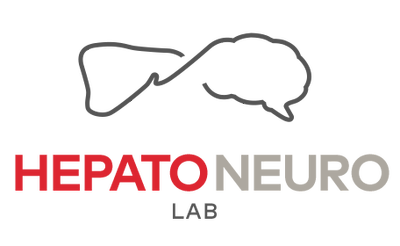Background: Acute-on-chronic liver failure (ACLF) represents an acute decompensation of chronic liver disease. Brain edema is frequently observed in hepatic encephalopathy associated with both acute and chronic liver disease. Since systemic oxidative stress and ammonia are believed to act synergistically in inducing brain edema in chronic liver failure, the objective of this study was to develop a rat model of hepatic encephalopathy following ACLF, and to investigate the role of oxidative stress and ammonia in relation to brain edema. Methods: ACLF was induced in male Sprague-Dawley rats by portacaval shunt (PCA), followed 4 weeks later by hepatic artery ligation (HAL). Liver devascularisation by concomitant PCA and HAL was used to induce acute liver failure (ALF). Body temperature and blood glucose were monitored and maintained throughout the progression to coma. Control SHAM and PCA rats, sacrificed 4 weeks after surgery, were also included. Routine biochemistry and liver histopathology were used to assess liver status. Brain edema (specific gravimetric technique), reactive oxygen species and glutathione levels (spectrophotometry) were measured in plasma and brain tissue of all groups. Results: The onset of coma was significantly delayed in ACLF compared to ALF rats by approximately 8h. Liver necrosis markers AST and ALT did not differ between ACLF and ALF rats; however, liver histopathology showed more severe necrosis in ACLF than in ALF rats. Brain water content was significantly attenuated in acute-on-chronic rats: ACLF: 80.04±0.13 % (ns vs SHAM; p<0.01 vs ALF); SHAM: 80.12±0.09 %; ALF: 81.39±0.15 % (p<0.01 vs SHAM). Increase in arterial ammonia concentration was prevented in ACLF rats: ACLF: 0.35±0.07 mM (p<0.001 vs SHAM; p<0.001 vs ALF); SHAM: 0.06±0.01 mM; ALF: 1.34±0.09 mM (p<0.001 vs SHAM). Evidence of oxidative stress (increased reactive oxygen species and decreased glutathione levels) was systemically present in both ACLF and ALF rats, while signs of oxidative stress in the brain were present only in ALF rats. Conclusions: Our animal model of acute liver insult, superimposed on chronic hyperammonemia, reproduces the alterations observed in acute liver failure; however, the latter were attenuated. In spite of a more severe liver necrosis in ACLF rats, the onset of coma was delayed, and brain edema, ammonia levels and oxidative stress were reduced when compared to ALF rats. These findings therefore suggest that during chronic liver failure, compensatory mechanisms are developed, which in turn prevent the apparition of brain edema and attenuate oxidative stress during acute deterioration.

